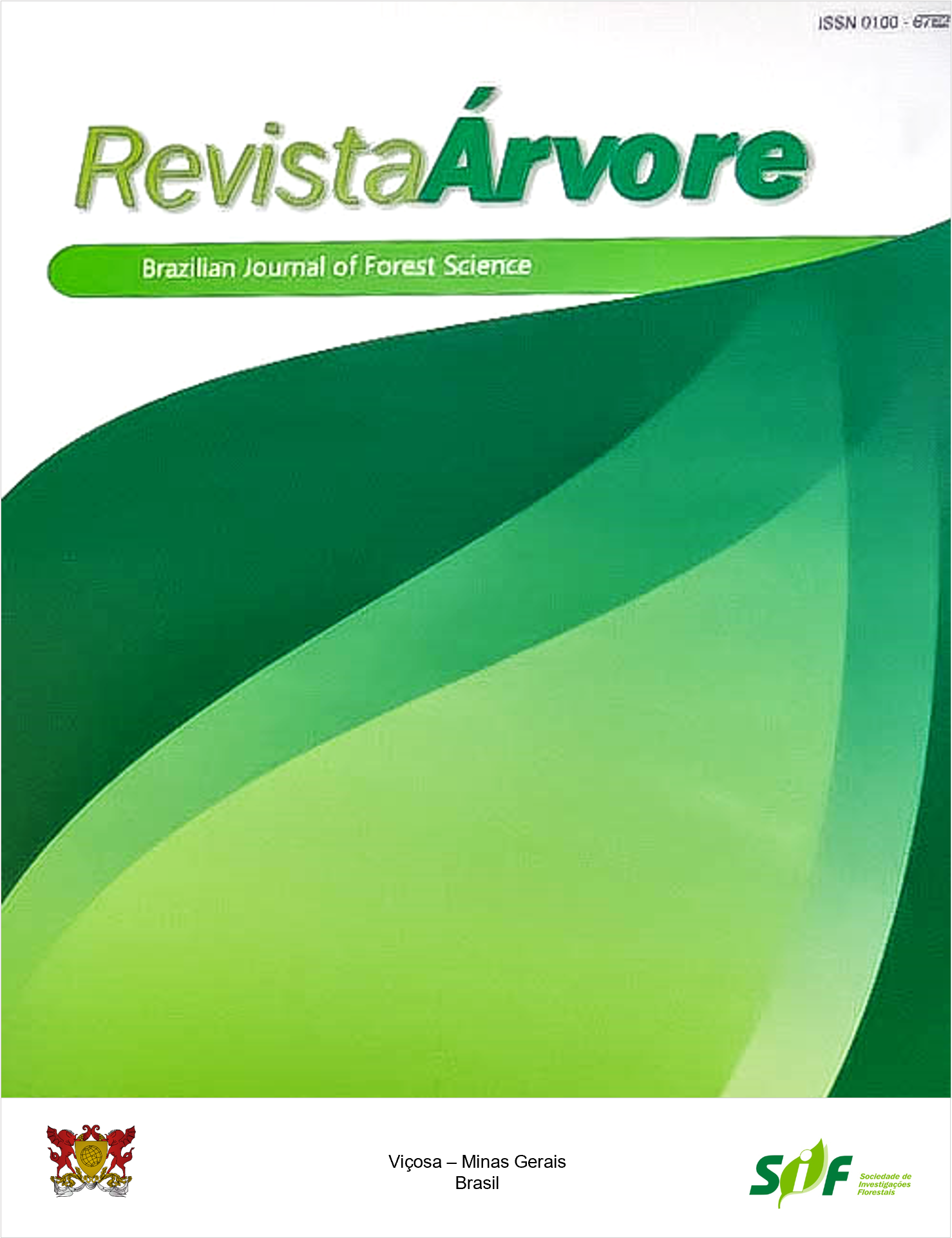CARBON BALANCE OF LAND USE, LAND-USE CHANGE AND FORESTRY (LULUCF) IN THE BRAZILIAN CHACO
Keywords:
Net GHG emissions, Forest, PantanalAbstract
In Brazil, the Steppe Savanna and associated vegetation types, typical of the Chaco, are in the Pantanal biome. Land use in this region has caused the suppression of natural vegetation and the emission of greenhouse gases. The knowledge of the phytophysiognomies of the Chaco and its importance for the mitigation and adaptation to climate change can contribute to conservation and protection policies in this region, including specific public policies to support the sustainable use of biodiversity and carbon stock (C). In this work, we present an estimate of the balance between CO2 emissions and removals associated with land use and land cover changes for the Brazilian Chaco, considering the annual average of C loss or gain in living biomass and dead organic matter in three different periods: 1990 to 2000, 2000 to 2010 and 2010 to 2019. The methodology followed the one recommended by the Fourth National Communication of Brazil to the United Nations Framework Convention on Climate Change, with adaptations. The results show that the natural vegetation of the Brazilian Chaco has been replaced by pasture throughout the studied period (1990-2019). The Savanna Formations had the greatest reduction in area in this period. The balance points to a net emission of 0.12, 0.05, and 0.03 MgCO2 ha-1 year-1, respectively, in 1990-2000, 2000-2010, and 2010-2019. CO2 removals predominate especially in the Kadiweu Indigenous Land, and emissions prevail in the Chaco South region.
Keywords: Net GHG emissions; Forest; Pantanal
Downloads
Published
How to Cite
Issue
Section
License
All authors agreed to submit the work to Revista Árvore and granted the exclusive license to publish the article. The authors affirm that it is an original work and has not been previously published elsewhere. The scientific content and opinions expressed in the article are the sole responsibility of the authors and reflect their opinions, not necessarily representing the opinions of the editorial board of Revista Árvore or of the Society of Forest Investigations (SIF).




